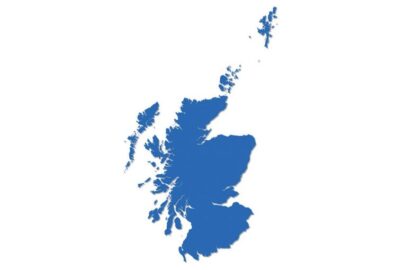House prices in Scotland remain resilient, despite Brexit uncertainty and a slowdown in high value homes, according to Your Move.
After a brief reversal in June, average prices recovered in July, rising 0.2% to make the average house price in Scotland £169,807. Prices are now up 3%, or £4,932 more, since last July.
Your Move said the impact of the vote to leave the EU remains difficult to evaluate. Despite this being the first full month’s data following the June 23rd vote, purchasing decisions and prices for transactions completed in July will largely have been made before then. The most recent transaction data available from the ONS, meanwhile, is for April.
This data shows a dramatic reduction in transactions linked to the introduction of the 3% surcharge on second homes and buy-to-let properties. The surcharge saw a surge in sales in March, as transactions were brought forward to beat the additional charge. With 11,017 transactions, March was the busiest month since November 2007, at the height of the property boom.
April’s tax change also continues to shed more light on price movements than any other factor, including the Brexit vote. Ignoring a spike in prices from the March surge, Scotland has now seen pretty consistent, steady growth month-by-month since April 2015. This is despite a slowdown in high value property. Edinburgh, with the highest average property prices in Scotland, has seen the number of properties sold at £500,000 or more in the first half of 2016 fall by nearly a quarter on last year. This is consistent with increased rates of Land and Buildings Transaction Tax (LBTT) introduced in April 2015.
In its place, cheaper areas have taken up the slack. Glasgow, where average prices are well below the £254,000 threshold for the higher LBTT rate, reached a new peak in July, with prices rising 3.4% to £146,965, up 6.2% annually. East Lothian and Perth & Kinross topped the monthly table, though, with prices up 7.6% and 6.2%, respectively. On an annual basis, meanwhile, high-priced East Renfrewshire continues to record the biggest rises, but Eilean Siar, where the average house is £111,002, is not far behind with prices up 11.2% annually.
Christine Campbell, Your Move managing director in Scotland, said: “We’ll have to wait another month or two to begin to see the real impact of Brexit, but the Scottish market has already well demonstrated its resilience. The long recovery in average prices continues and is increasingly being led by the more affordable areas, such as Glasgow, where growth looks to be robust.”
